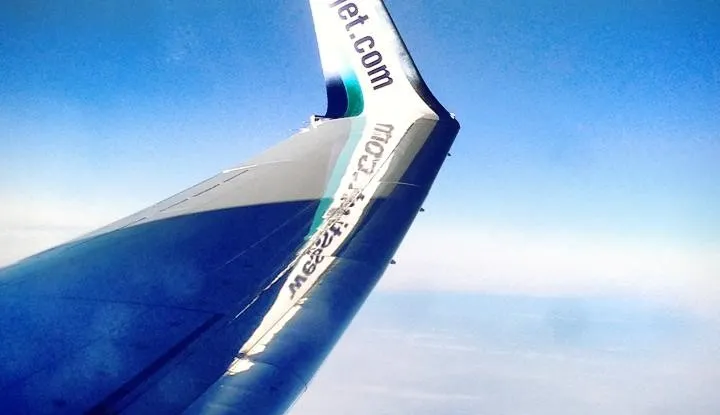Now that WestJet has officially declared its plans to operate widebody aircraft starting in late 2015, curiosity is growing over how the airline intends to configure its twin-aisle jets, and if a dedicated business class is in the offing.
Over the course of the last year WestJetʼs rhetoric about acquiring and introducing widebodies to its current fleet of Boeing 737s and Bombardier Q400s turboprops has steadily grown more robust. Now the airline plans to obtain four aircraft for initial operation from Alberta to Hawaii on routes previously flown by Thomas Cook on behalf of WestJet. Its agreement with Thomas Cook ends next year.
WestJet is declining to disclose the specific configuration of the twin-aisle jets it intends to operate next year; but told multiple Canadian news outlets that it intends to reveal more details about the aircraft by the end of July.
During the last couple of years, WestJet has been focused on increasing its corporate passenger base in order to capture higher-yielding revenue. During early 2013 the airline estimated that its approximate share of managed corporate travel in Canada was 10%, and concluded it had a significant opportunity to target a wider swath of business customers. Its desire to appeal to business passengers was a major factor in WestJetʼs creation of fare bundles and an extra legroom “Plus” offering featuring 36-inch pitch.
WestJetʼs first planned widebody routes to Hawaii are obviously more leisure-oriented. But director of data at flight ratings, data and search site Routehappy John Walton says it would be surprising if WestJet “didnʼt offer some form of premium seating on these aircraft”. Options for that premium seating could include something similar to WestJetʼs Plus seating “or a recliner product, like a domestic US or Canada first class recliner or international airlinesʼ premium economy”, he says.
Of course WestJetʼs long-haul aspirations extend far beyond service to Hawaii. It is presently testing the waters with one-stop flights from Toronto to Dublin through St Johnʼs, and has indicated a goal to serve more European destinations. It is also no doubt studying trans-Pacific service from Western Canada.
As it moves into more long-haul markets with a higher percentage of business customers, will WestJet need a dedicated business class to compete effectively with rival Air Canada? “Itʼs about setting expectations and meeting them,” suggests Walton. He explains that business travelers like WestJetʼs existing Plus product “because thereʼs enough room to open a laptop”. Tests at Routehappy suggest that 32-inch is the minimum pitch for use of a standard 13-inch laptop when a passenger reclines, says Walton.
Long-haul travelers are getting a taste of WestJetʼs Plus product on its new flights to Dublin, which indirectly compete with Air Canadaʼs new low cost airline Rouge, who operates directly from Toronto to Dublin.
Walton believes that WestJetʼs options for its widebody configuration “need to be seen in the context of competitor Air Canadaʼs consistency issues when passengers expecting its full-service Air Canada flights receive its low-cost carrier Rouge”. The switch entails a 3-inch reduction of legroom in Rouge economy and “business means Eurobiz economy seats with the middle kept free rather than recliners, plus fewer flight amenities”, he concludes.
For product consistency, Walton says he would imagine some form of WestJet Plus should be featured on the airlineʼs widebodies. However, he cautions that “depending on the provenance of the first widebody aircraft and the amount of time and money WestJet decides to spend in configuring them, the exact product offering is up in the air”.
It also remains to be seen if WestJet will opt for an all-wireless cabin when it starts flying its widebody aircraft. The carrier has signaled its intent to replace the seat-back live television systems on its 737s with inflight connectivity, streaming television and other wireless IFE content under an agreement with Panasonic Avionics.











